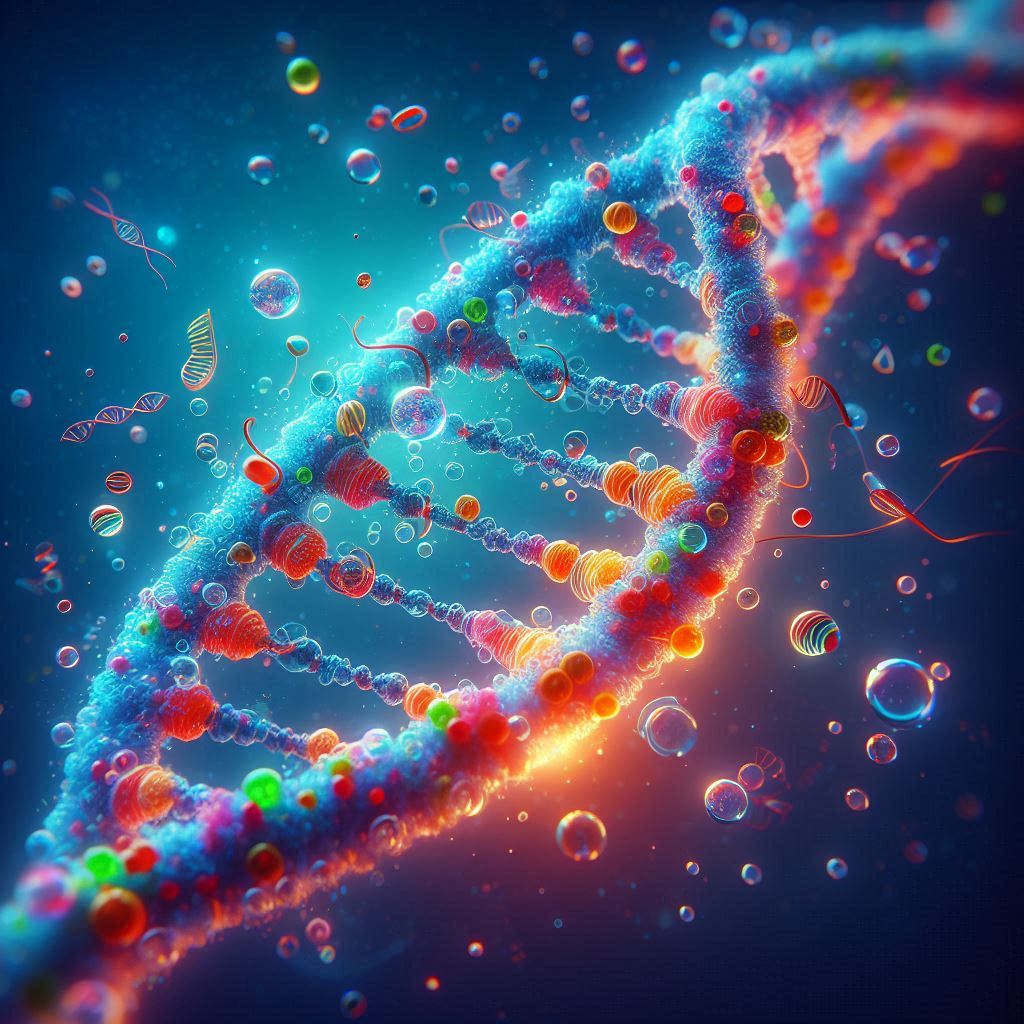A newly discovered code within DNA termed “spatial grammar” holds a key to understanding how gene activity is encoded in the human genome.
That finding, by researchers at Washington State University and the University of California, San Diego, marks a breakthrough in something. It has exposed a long-thought-of hidden spatial grammar in DNA, findings that can change how one understands gene regulation and how genetic variants might impact the expression of genes in development or in disease.
Their findings were published in the journal Nature.
Naturally, this code depends upon the assistance of massive proteins called transcription factors, which determine which genes in one’s genome are turned on or off. Compared with their traditional view as either activators or repressors of gene activity, this research explains a far more complex function for transcription factors.
Contrary to what you will find in textbooks, transcription factors that act as true activators or repressors are surprisingly rare.
Sascha Duttke
Instead, most activators are also found by these researchers to be acting as repressors.
If you remove an activator, your hypothesis is you lose activation,
But that was true in only 50% to 60% of the cases, so we knew something was off.
Bayley McDonald
It turned out that for many transcription factors, their role was highly position-dependent.
They showed that spacing between transcription factors and their position in relation to where a gene’s transcription began was what really dictated levels of gene activity. For example, upstream placement perhaps ahead of where a gene’s transcription begins can be one condition whereby transcription factors would turn on gene activity, but suppress it when it is downstream, or after a gene’s start site.
It is the spacing, or ‘ambience,’ that determines if a given transcription factor acts as an activator or repressor,
t just goes to show that similar to learning a new language, to learn how gene expression patterns are encoded in our genome, we need to understand both its words and the grammar.
Sascha Duttke
Incorporate this newly discovered ‘spatial grammar,’ and according to Christopher Benner, associate professor at UC San Diego, scientists can understand how mutations or genetic variations can change gene expression to cause disease.
Also, Read| Activity-driven brain wiring even during early embryonic development
The potential applications are vast,
At the very least, it will change the way scientists study gene expression.
Christopher Benner
Source: Washington State University Insider
Journal Reference: Duttke, Sascha H., et al. “Position-dependent Function of Human Sequence-specific Transcription Factors.” Nature, vol. 631, no. 8022, 2024, pp. 891-898, DOI: https://doi.org/10.1038/s41586-024-07662-z.
Last Modified:






